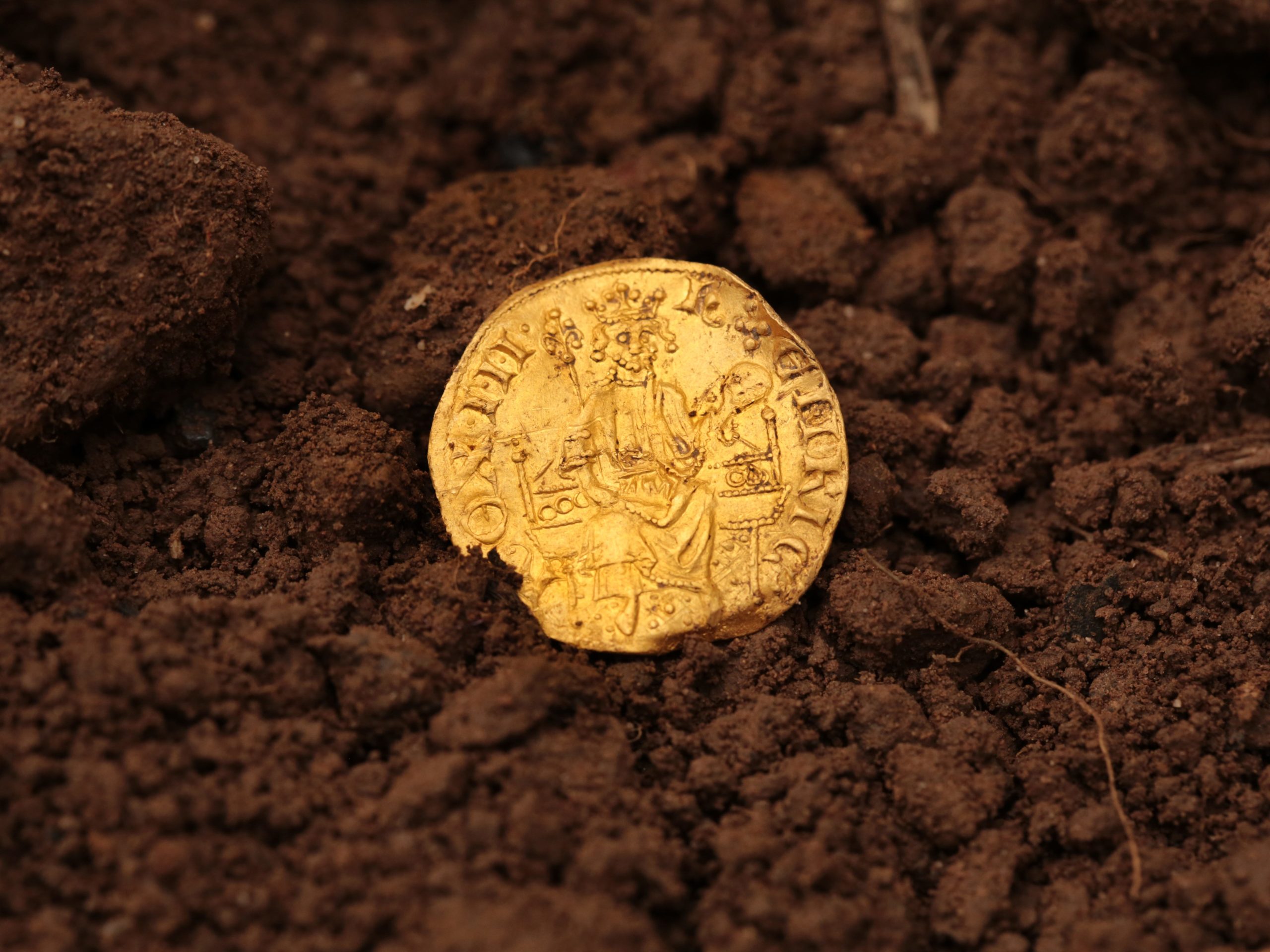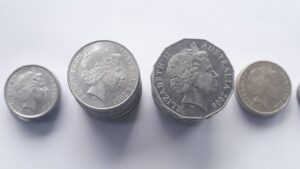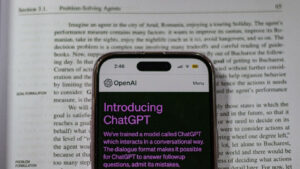The day you become a father is the day you – along with all your hobbies, interests, and so forth – are no longer the priority. That was essentially the reasoning behind why 52-year-old ecologist and amateur historian, Michael Leigh-Mallory, shelved his passion for metal detecting around the time his children were born. But now, Emily (13) and Harry (10) are old enough to get in on the action, motivated by their very own burgeoning passions for history and archaeology respectively. So after years of putting himself second, the Leigh-Mallory patriarch decided to treat himself to a brand new metal detector – which, in turn, led him to discover the oldest gold coin in England.
According to The Guardian, this penny – buried approximately 10 centimetres below the surface of farmland in the Devon village of Hemyock – once belonged to John de Hyden, former lord of the manor. Six months before the gold coin was first minted in Northern Africa by royal goldsmith William of Gloucester and subsequently introduced circa 1257, Lord De Hyden paid 120 grams of the precious mineral to King Henry III as a means of avoiding jury service and public office (relatable). He later served in a military campaign around Wales for which he is believed to have received some of these pennies. The artefact in question is only one of eight remaining out of the original 52,000; the last one was reportedly salvaged 260 years ago.
“The day after [the new metal detector] arrived, I went out into this field,” recounts Michael Leigh-Mallory.
“It was a bright, sunny day, and within 15 minutes, I found the coin. I knew it was gold, but I had no idea how important it was.”
“It is quite surreal, really. I’m just a normal guy who lives in Devon with his family, so this really is a life-changing sum of money.”
RELATED: Blokes Discover $100 Million Sapphire Cluster In His Own Backyard
After a quick visit to the British Museum, the shiny gold coin found by Michael Leigh-Mallory’s equally shiny new metal detector made its way to the Spinks & Sons auction house in London. Last week, it sold for a record-breaking hammer price of £648,000 (AU$1.2 million).
Leigh-Mallory has since confirmed he’ll split the profits of the sale with the landowner, setting aside his own share towards his children’s future who – as previously mentioned – “show the same passion” for English history as he does.
“I really owe it to them for having found the coin in the first place, as they were my inspiration to go out prospecting,” adds Michael Leigh-Mallory.
“I used to be a keen metal detectorist but once I had a family the detector ended up getting buried in a cupboard.”
“One day my wife said to me: ‘You realise you promised you’d take the kids metal detecting.’ So, I said: ‘Right, kids, we’re going detecting.’ We found an Elizabethan coin, which they were so excited by. It really ignited my passion so I invested in a new detector.”
“Had it not been for a promise I made to my children to go out searching, I do not believe this gold coin would ever have been found. The fine margin between discovery and loss makes this result all the more remarkable.”
“It’s not about money. It’s about finding connections to our past.”
“I’m humbled and honoured to be linked with the discovery and subsequent history afforded to us by the staggering research undertaken by Spink & Sons and the wider academic community about this coin.”
You love to see it.

















